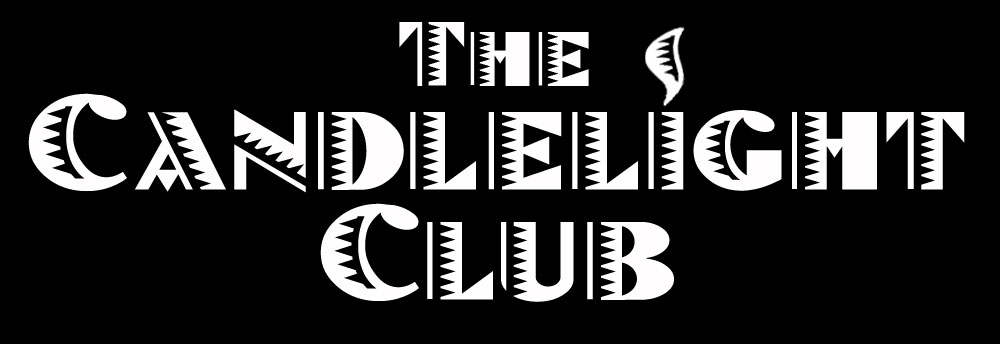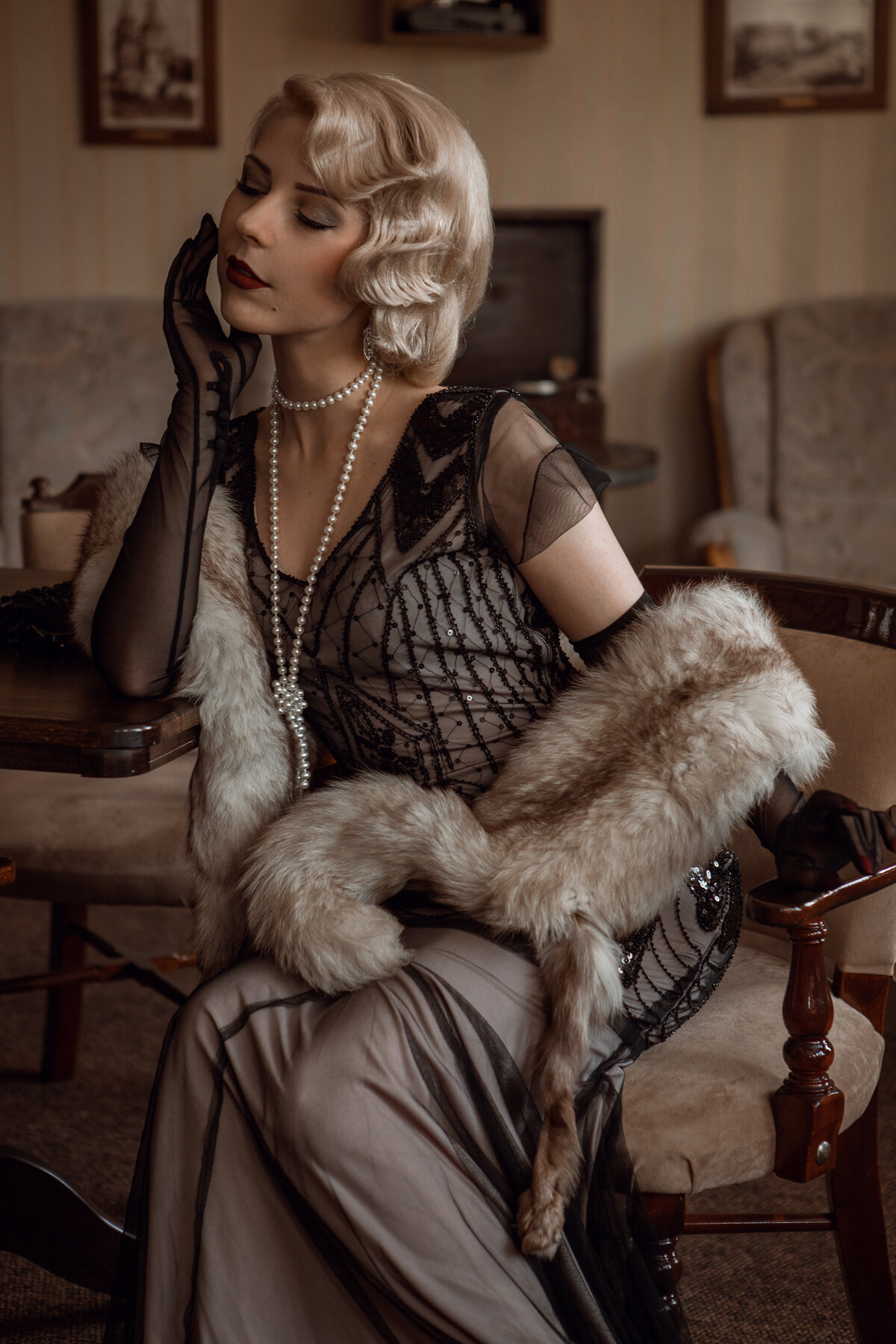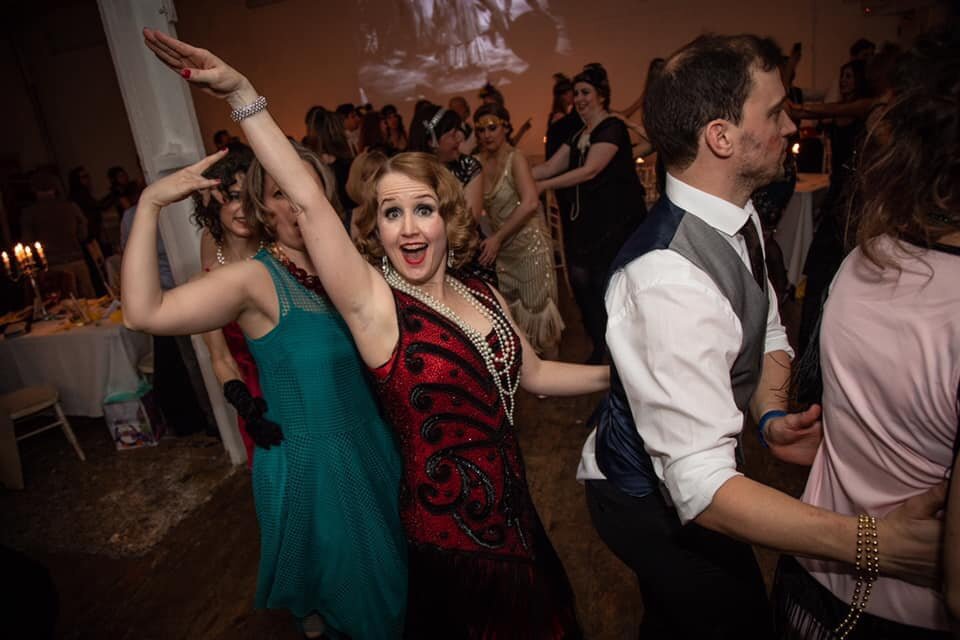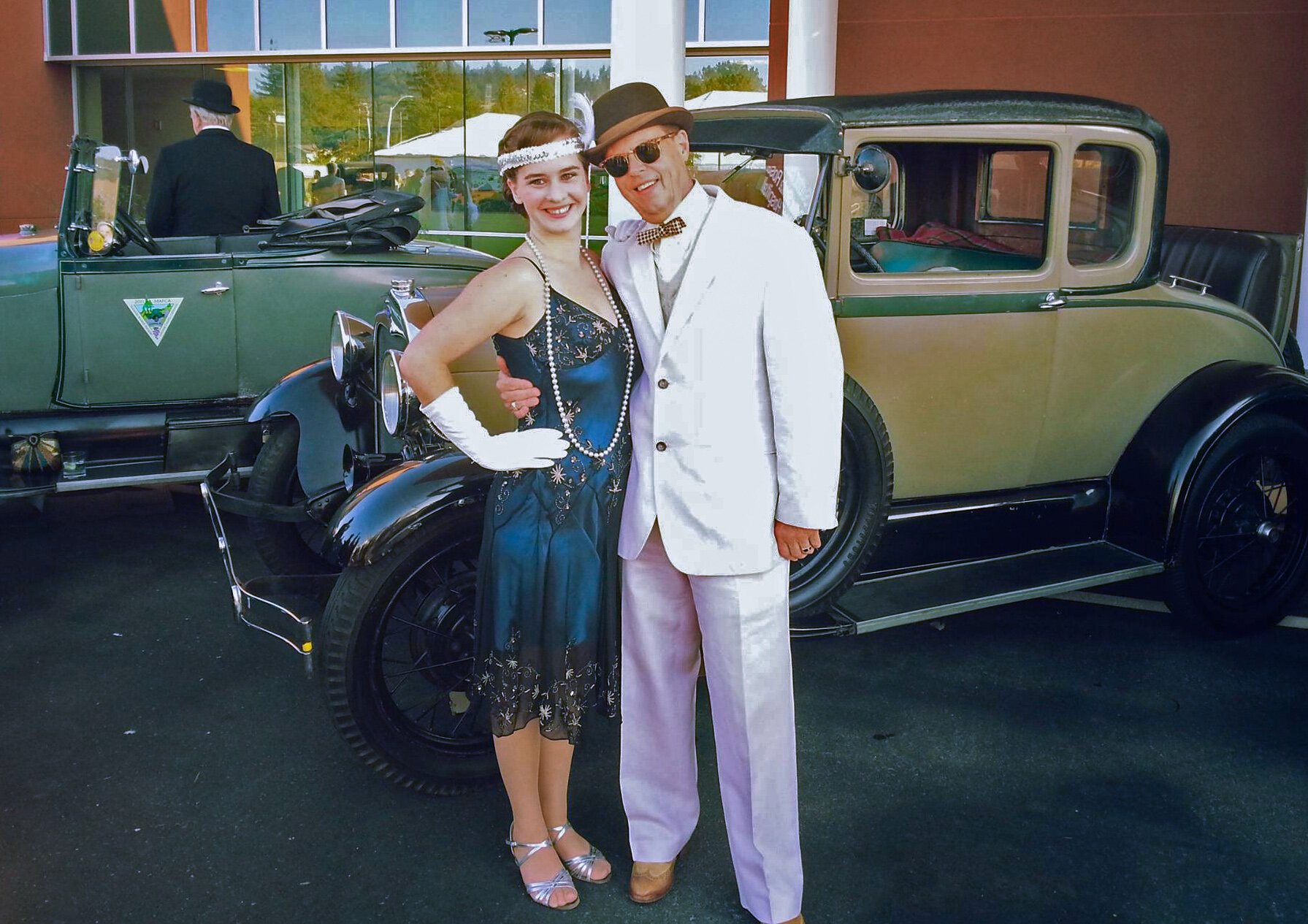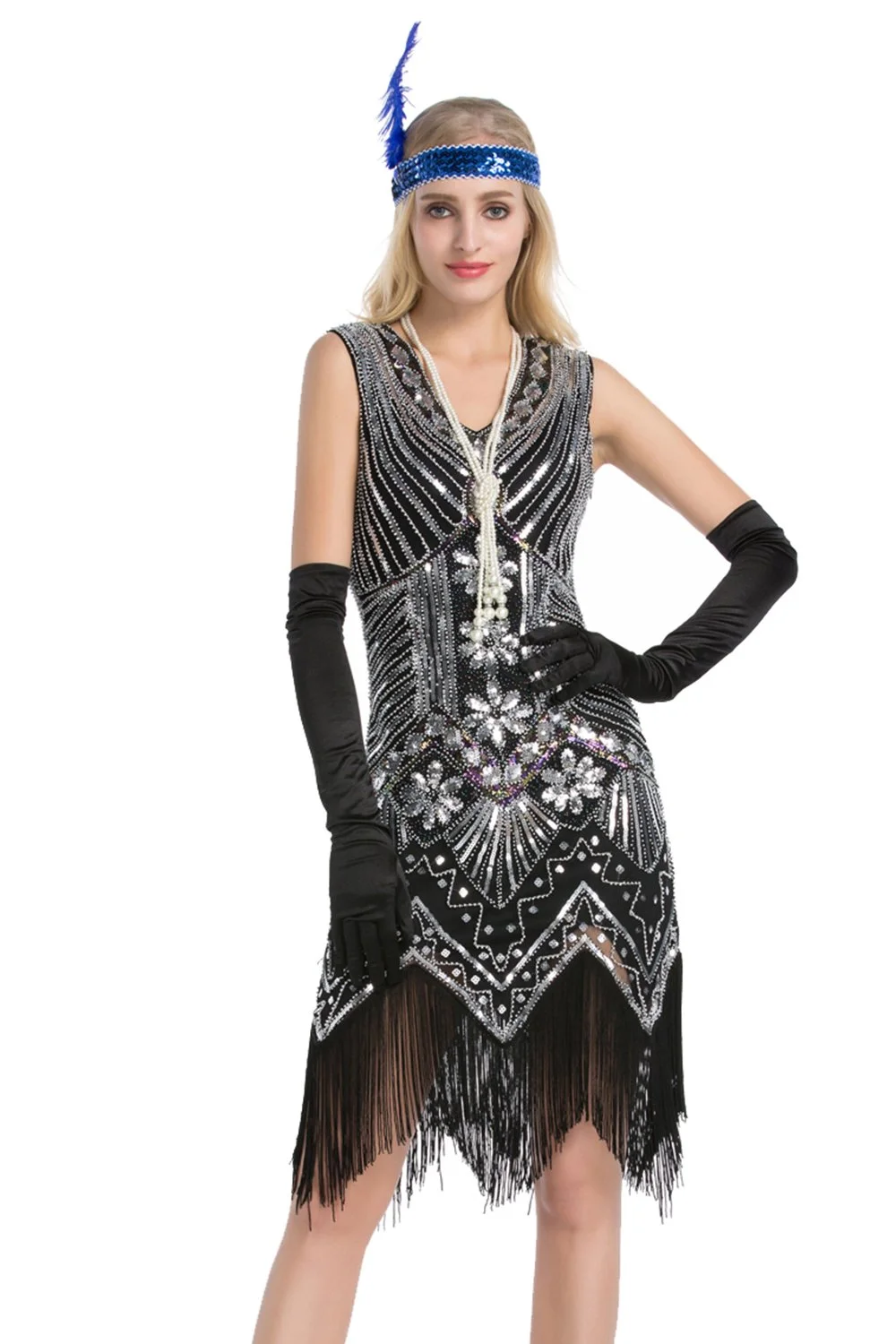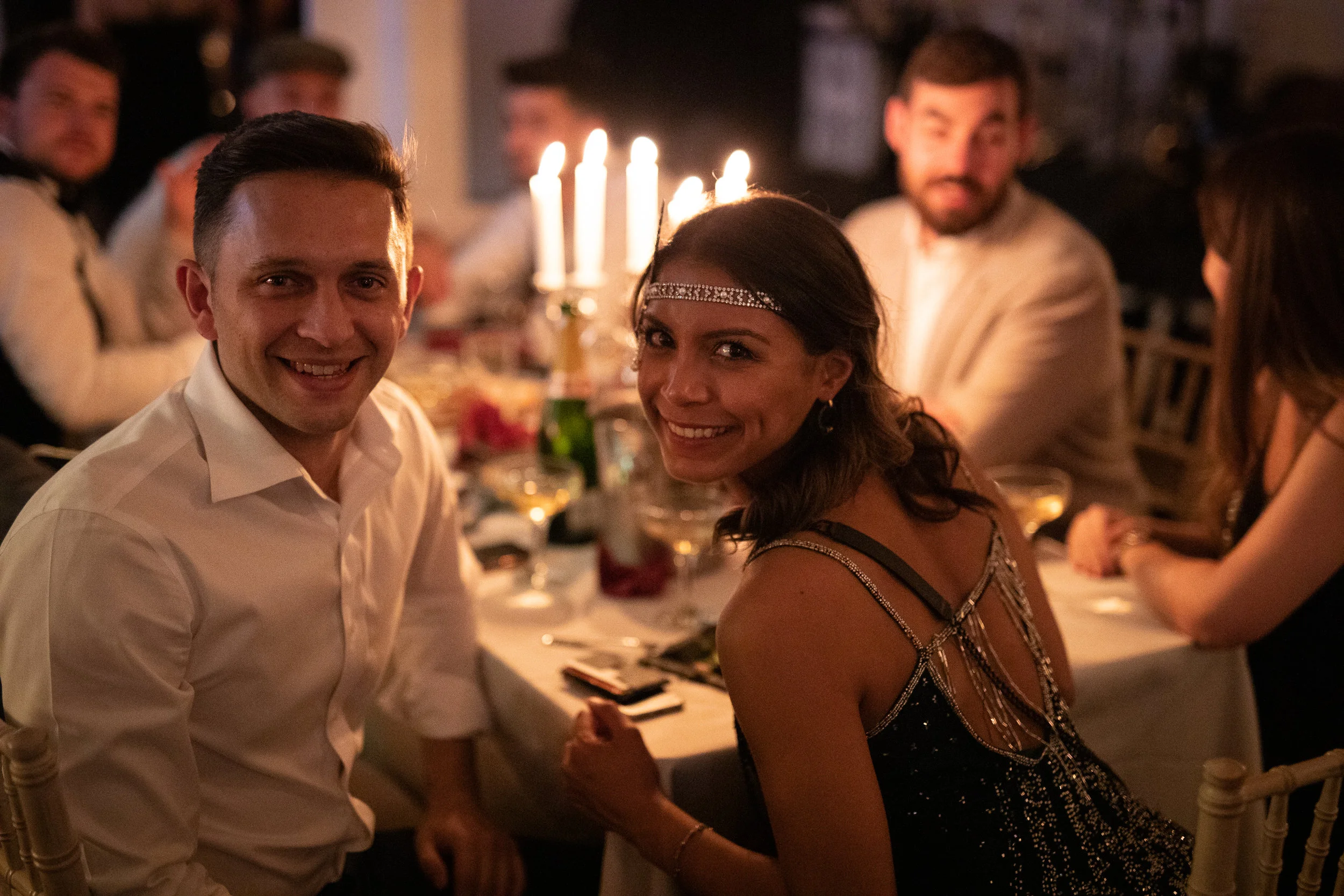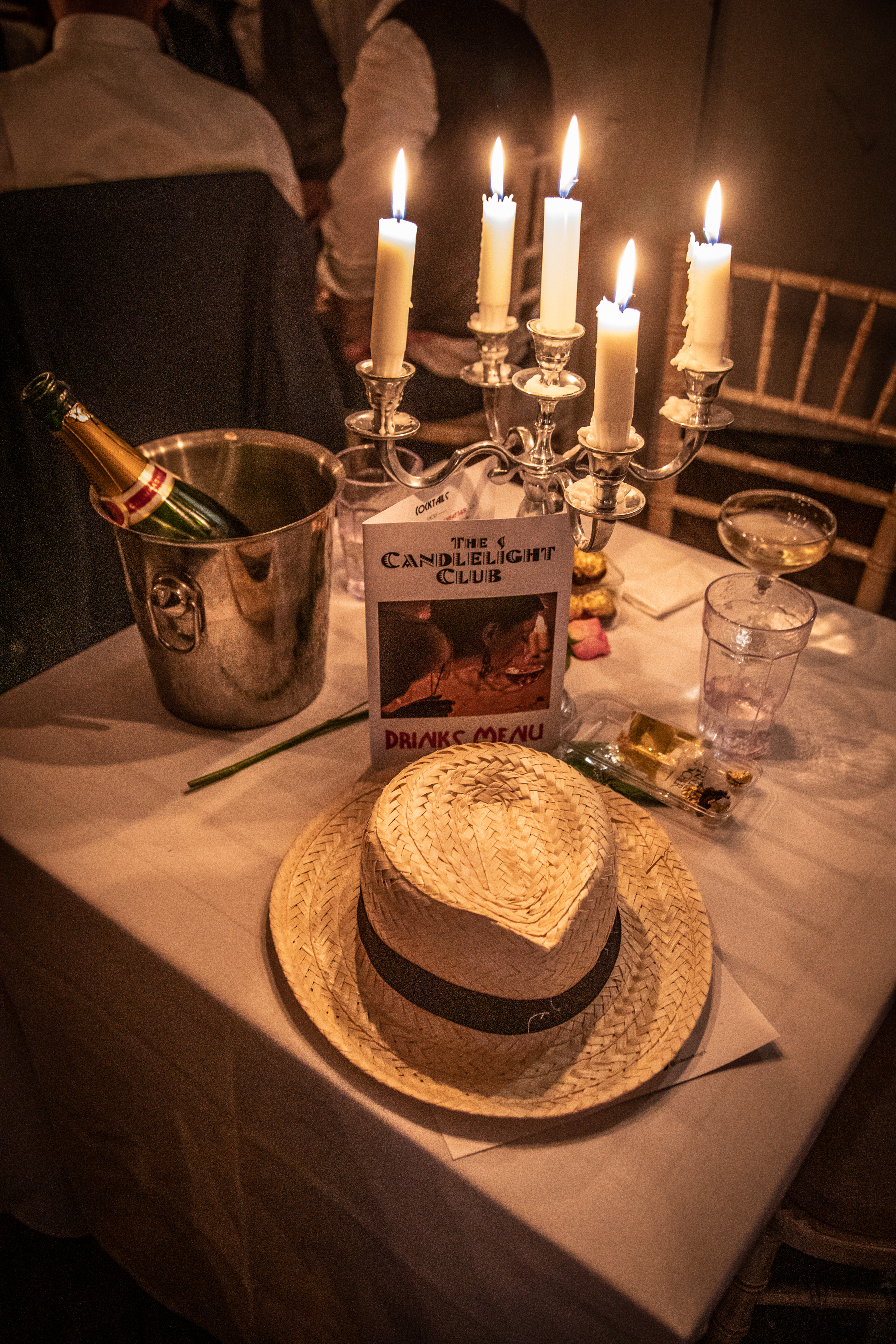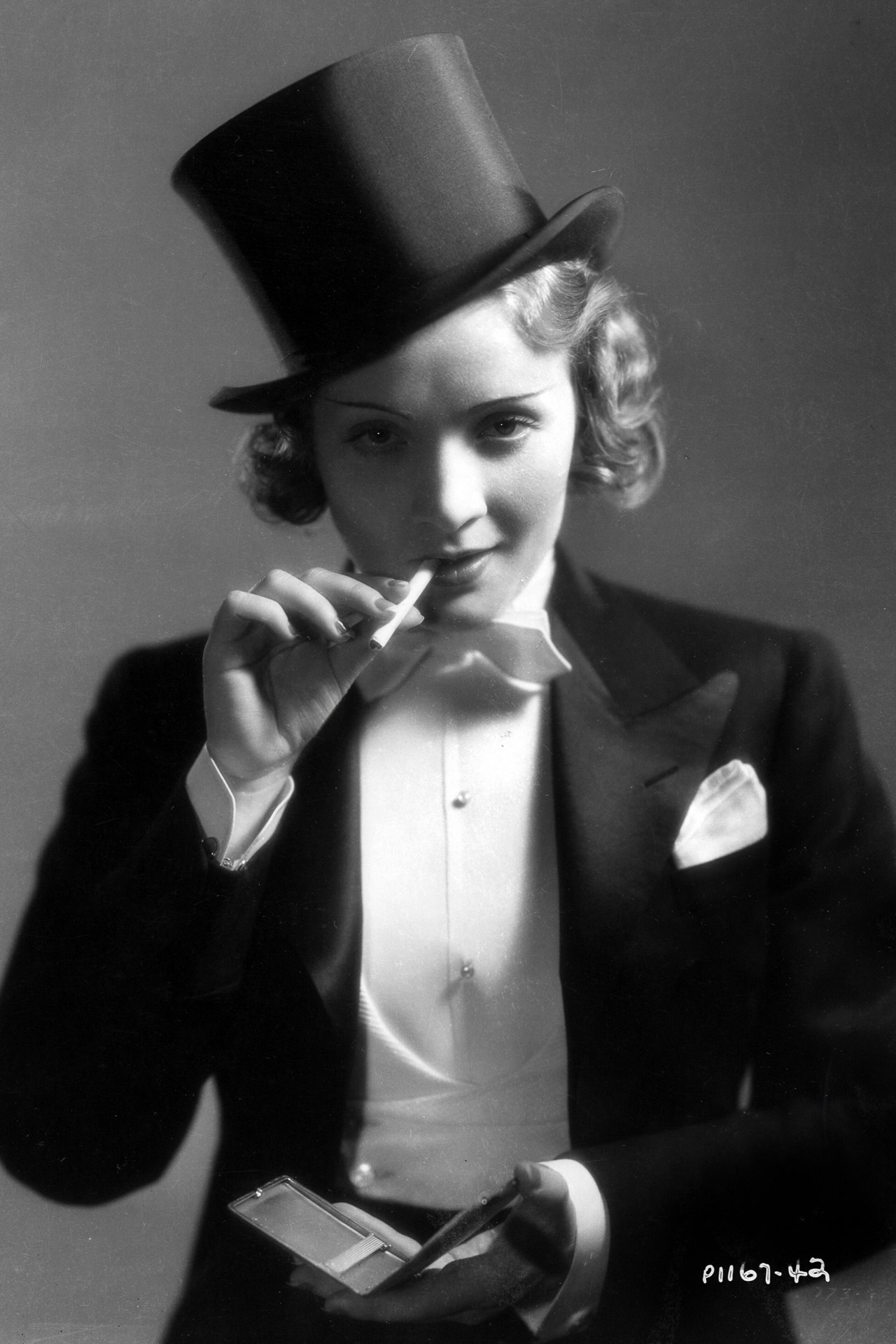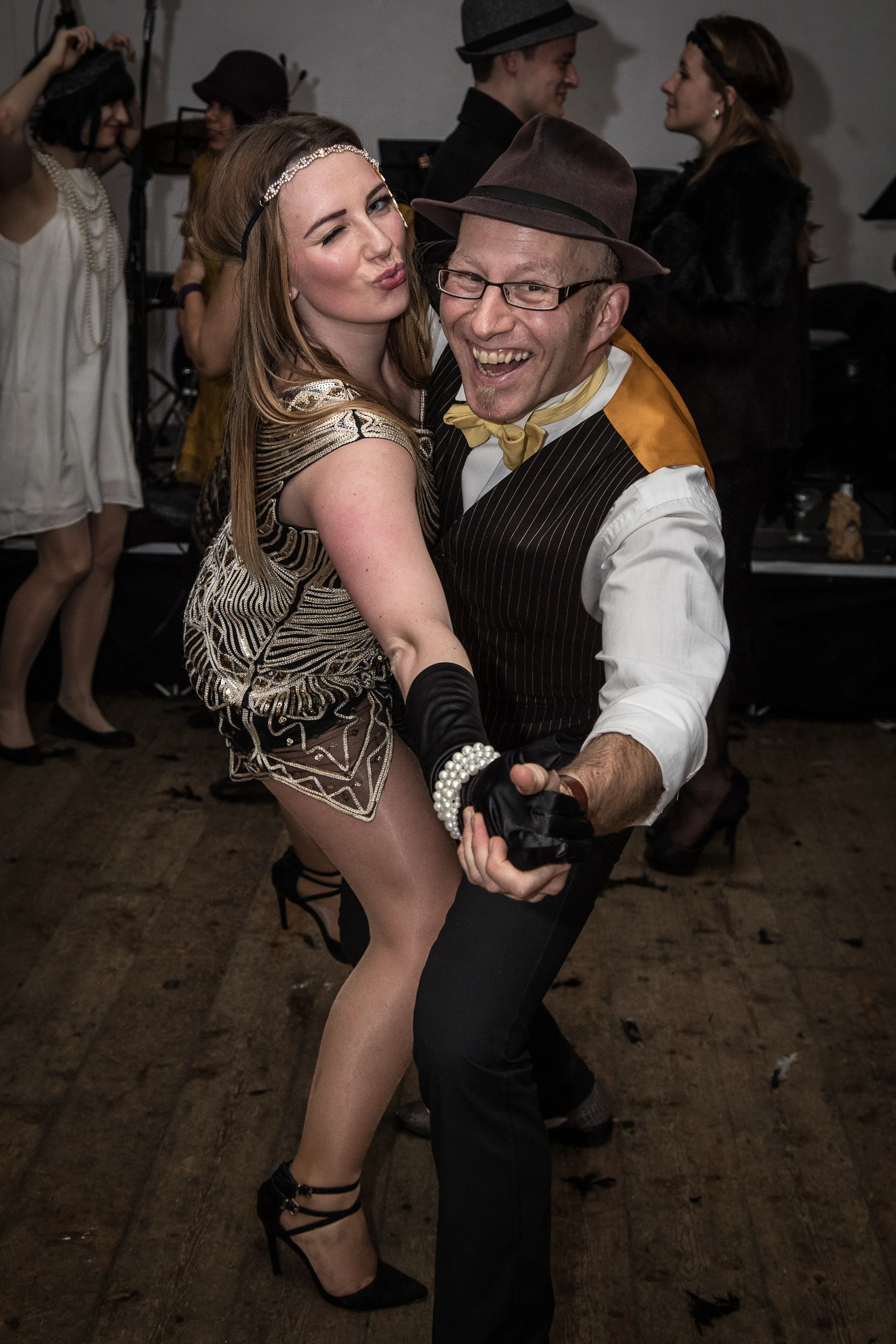Retro-Stage have just given Candlelight Clubbers three new chances to make savings on their range of reproduction vintage dresses and accessories.
Launched in 1990 by two best friends who shared a love of vintage clothing, Retro Stage (retro-stage.com) is an online platform selling fashion inspired by the 1920s to the 1950s—check out their wide range of flapper dresses with intricate beading and period accessories like headbands and necklaces. You can put together a whole vintage look from head to toe on their website. Dispatching from warehouses around the world, their prices are keen and they offer free international shipping. And now they’ve just upped the ante for Candlelight Club fashionistas.
Firstly they have increased the automatic discount you get at their online shop—just enter the code club15 at the checkout every time you shop to get 15% off your order.
Secondly, if you’ve bought something from Retro Stage they’d love to see a photo of you in it! Email your snap to service@retro-stage.com and in return they will reward you with a discount code giving you 25% off your next purchase.
COMPETITION
Finally, they have kindly given us two prizes of gift cards worth $50 USD to use at their online shop. To be in with a chance of winning one of these, prove how much you love 1920s fashion by sending us a photo of yourself rocking the Jazz Age look. (Your clobber here can be from anywhere, not necessarily from Retro Stage.) You can email your selfie to whowantstoknow@thecandlelightclub.com, or post it on Facebook or Instagram and tag us (@TheCandlelightClub on Facebook, @candlelightclub on Instagram) and Retro Stage (@RetroStageCom on FB, @retrostage_official on IG). The deadline is the end of Thursday 3rd October 2019 when we will choose our two favourites.
Mastered the Gatsby girl look? Send a photo to prove it and you could win a $50 gift voucher
EDIT:
And congratulations to Stephanie Addington and Stephanie Roza, our two winners! Each will receive a $50 USD vouchers to use at retro-stage.com.
